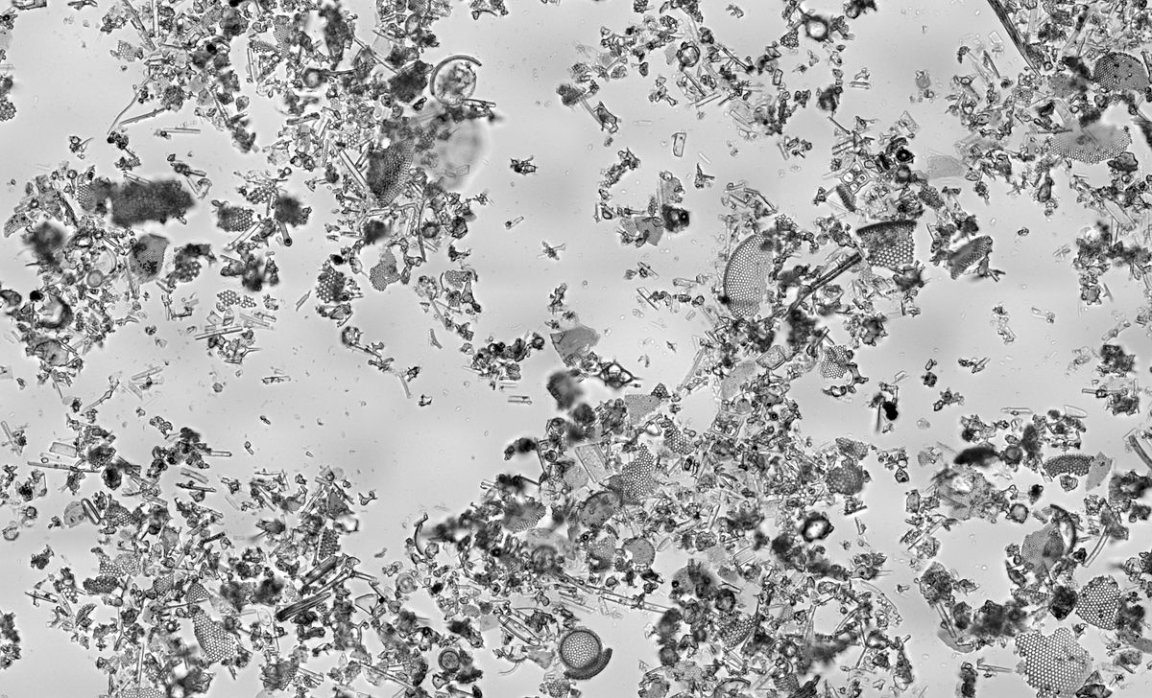
Life on Earth
At approximately 3.5 billion-year-old, the oldest fossils on Earth have been uncovered in Western Australia. The microscopic fossils are the earliest direct evidence of life on Earth and — thanks to further analysis and study by researchers at UCLA and the University of Wisconsin-Madison —could deepen our understanding of the origins of life. The study was published on Monday in the Proceedings of the National Academy of Sciences (PNAS).
In the study, a team of researchers led by J. William Schopf, professor of paleobiology at UCLA, and John W. Valley, professor of geoscience at the University of Wisconsin-Madison, described 11 microbial fossil specimens stemming from five separate taxa. They connected the fossil’s morphologies to the chemical signatures we understand to be the basis for life. Some of the specimens were found to be extinct microbes from the kingdom Archaea. Some of the other microscopic, fossilized creatures were found to be similar to species alive today.
According to Schopf, through the use of a secondary ion mass spectrometer (SIMS), the team determined the fossils to be “a primitive, but diverse group of organisms.”
In addition to exploring the inner workings and history of the oldest fossilized specimens ever found, the study also provides insights into how organisms could have emerged and lived on an oxygen-free planet in the earliest moments of life on Earth.

Microfossil Dispute
The discovery of the ancient microfossils is actually not an altogether new one; they were first described by Schopf and his research team in 1993. But for a long time, critics insisted that the fossils were just odd minerals resembling biological specimens that had become trapped within a larger rock. But these new findings seem to have confirmed that the fossils are, in fact, of biological origin.
Of the diverse species identified within the rock, the team found phototrophic bacteria, which produce energy from the sun, Archaea, which produce methane, and Gammaproteobacteria, which consume methane. It’s believed that, prior to oxygen formation, methane was an important part of Earth’s early atmosphere, so the presence of these bacteria could help scientists understand how organisms survived in those conditions.
The study could help us understand not just how life formed on Earth but also assist us in expanding our search for life beyond Earth. When researchers denote exoplanets as being “habitable,” that distinction is largely made based on what we know is necessary to support on Earth. For a long time, scientists have believed that to be a relatively limited environment. As our understanding of what’s needed for life to have formed, and thrived, on Earth — and the strange microorganisms that survived seemingly unsurvivable conditions, — the more equipped we’ll be to fathom what life needs in order to form on other planets.
“People are really interested in when life on Earth first emerged,” Valley said. “This study was 10 times more time-consuming and more difficult than I first imagined, but it came to fruition because of many dedicated people who have been excited about this since day one … I think a lot more microfossil analyses will be made on samples of Earth and possibly from other planetary bodies.”